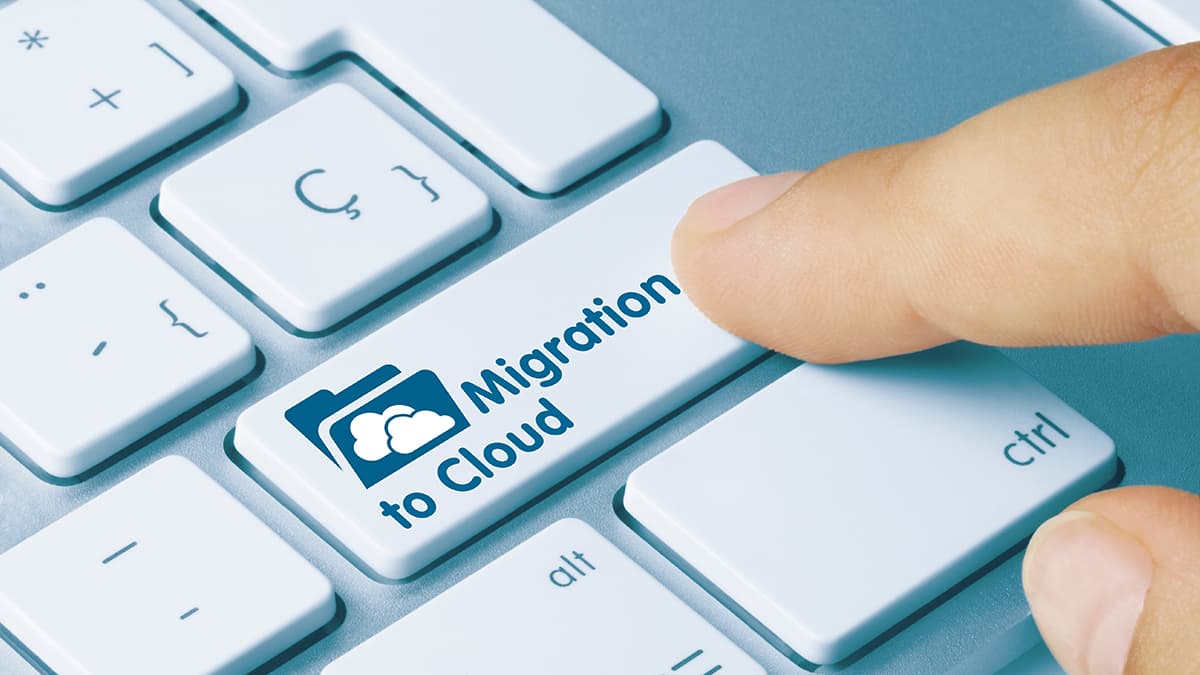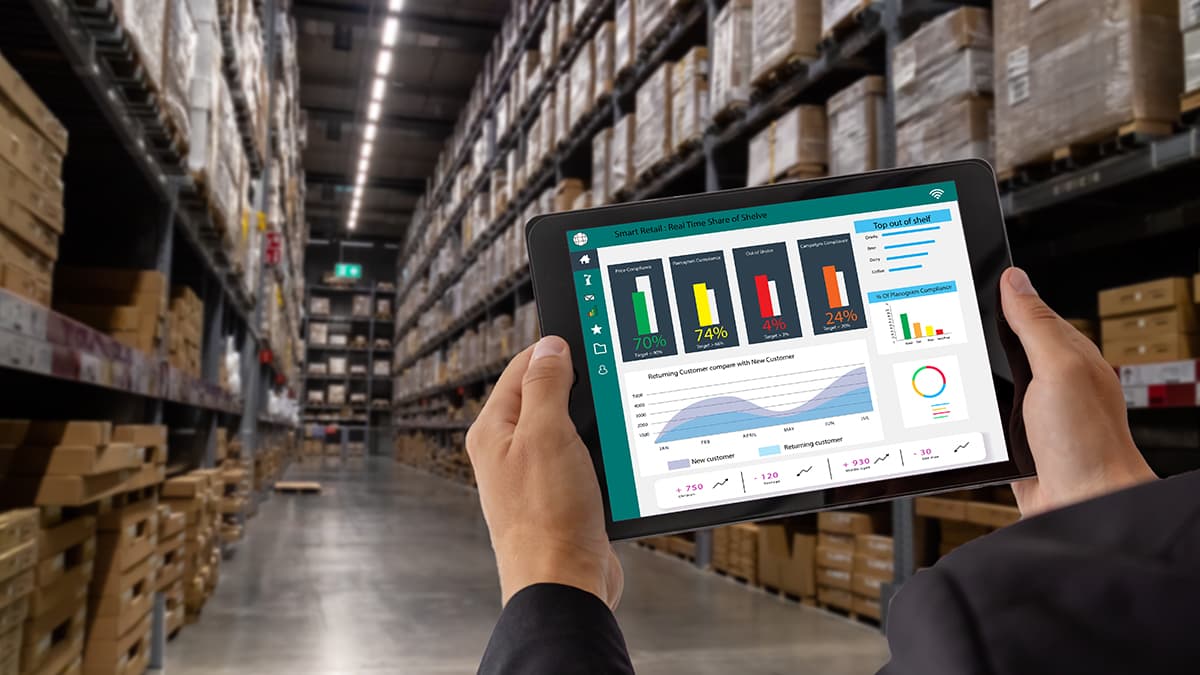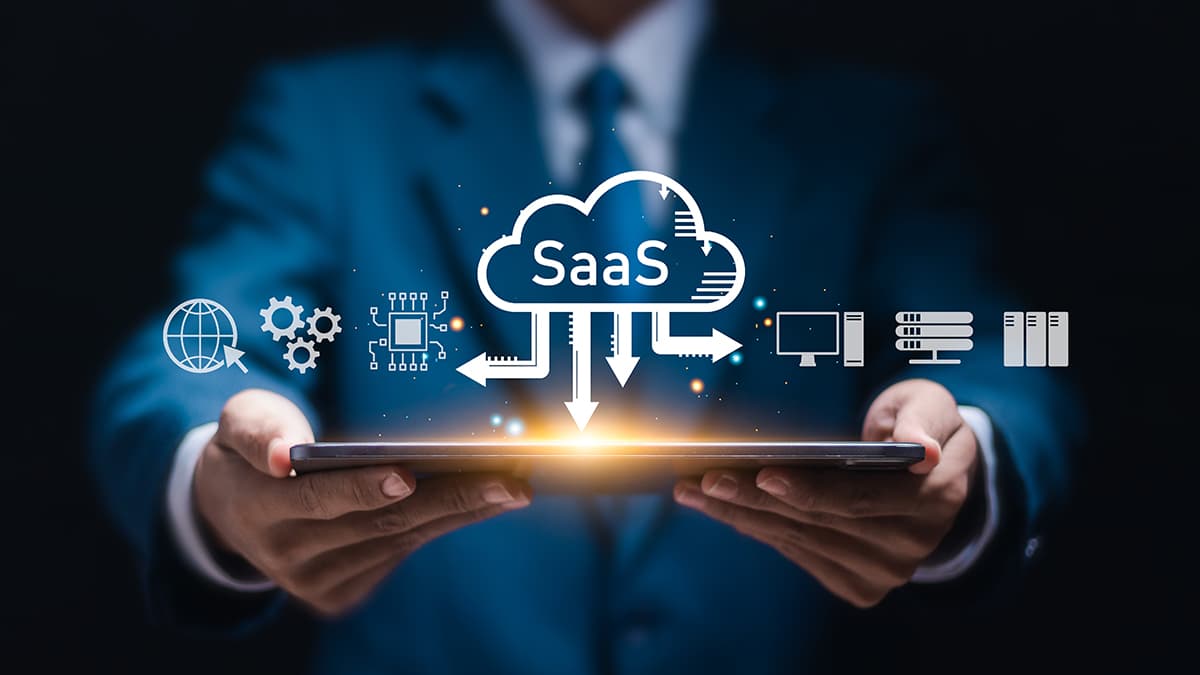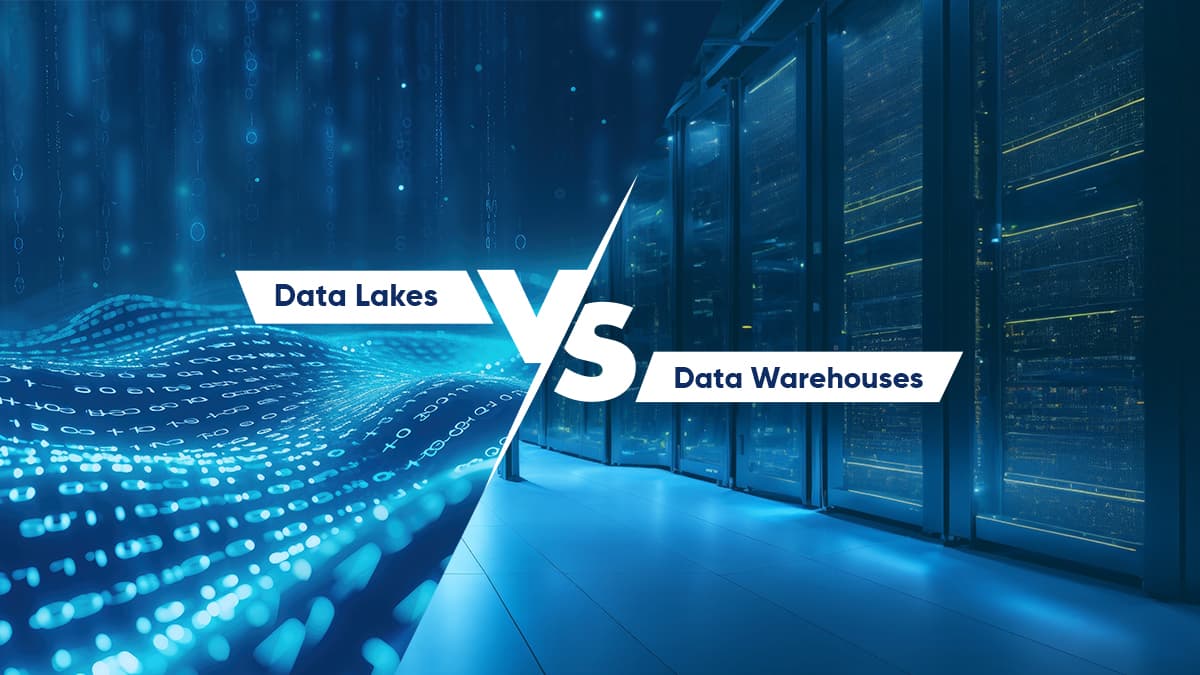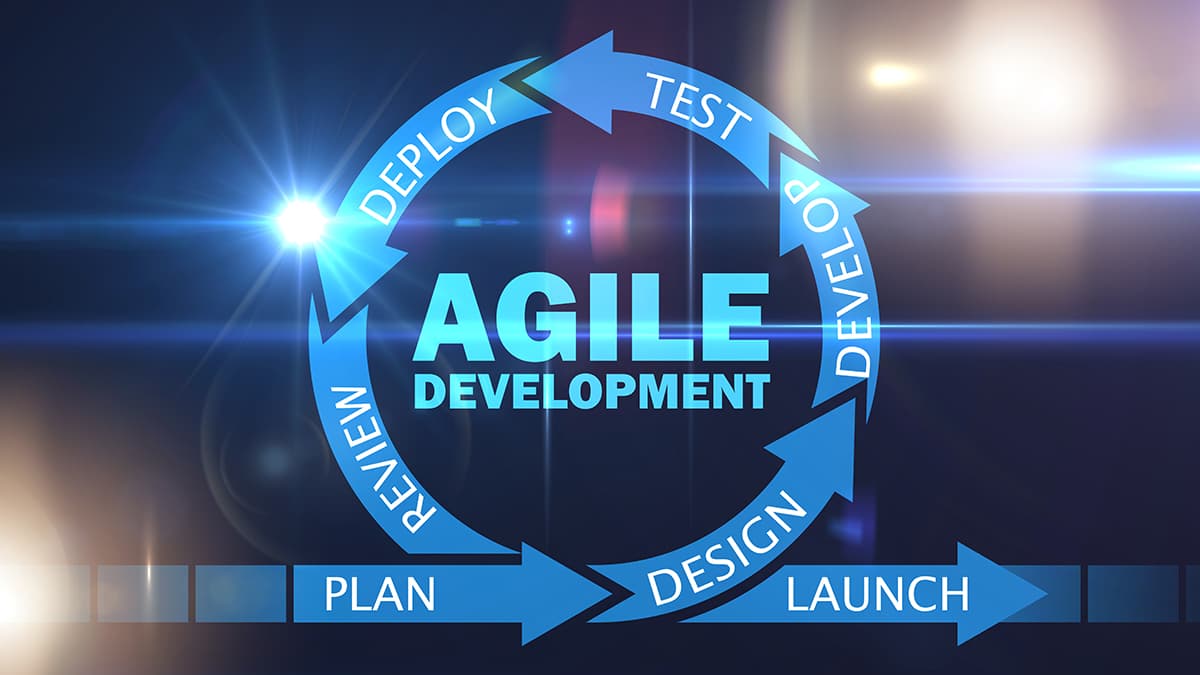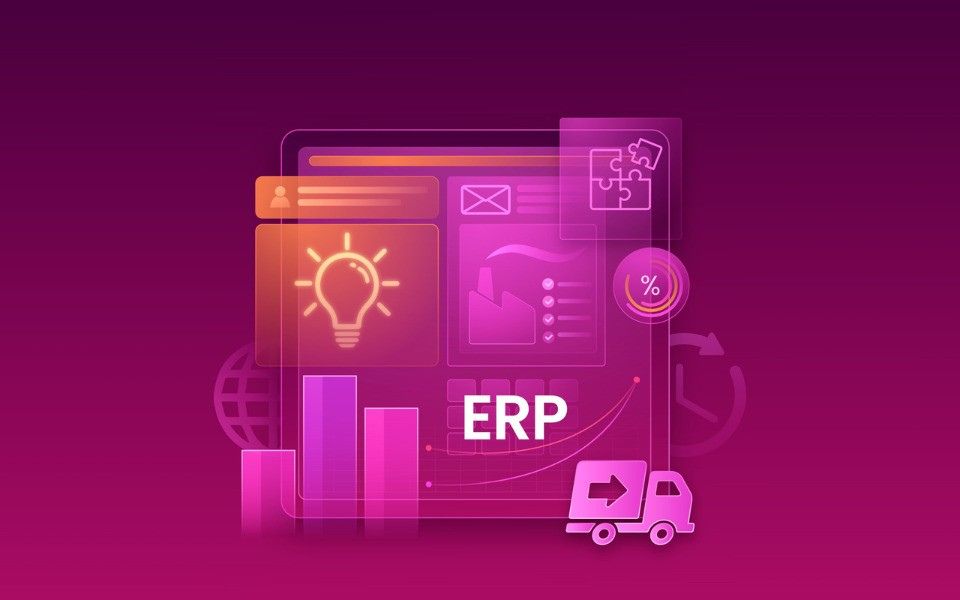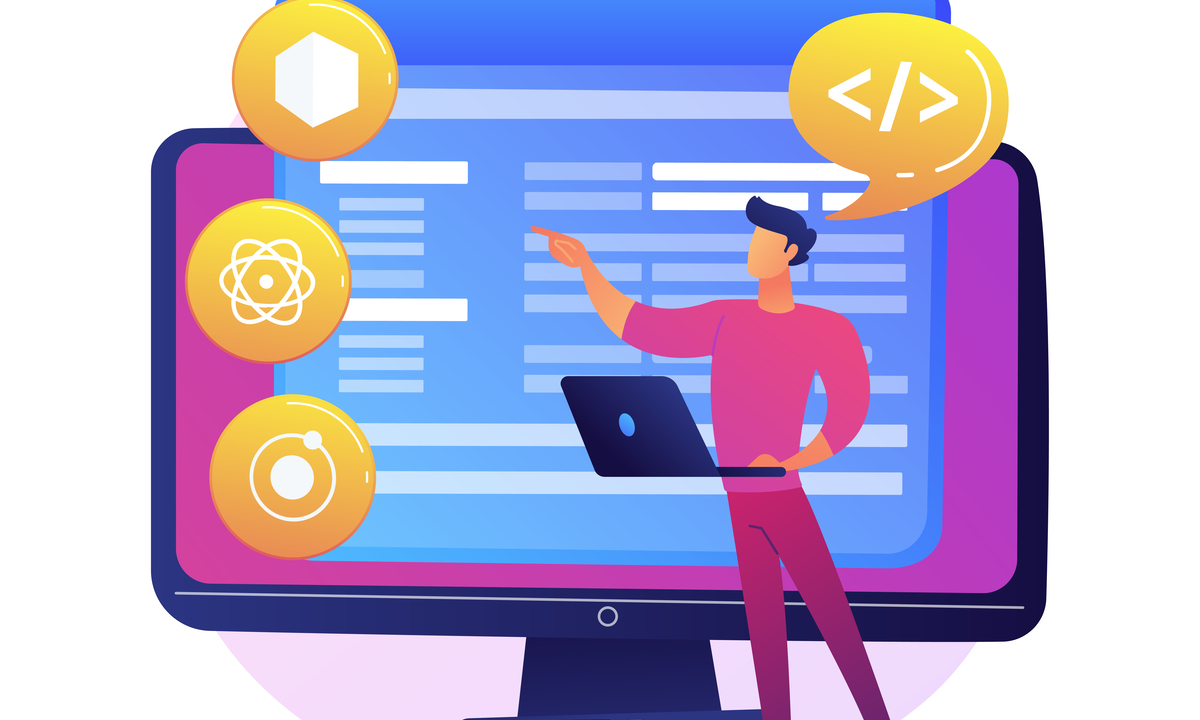
What is Application Migration?
Application migration, in essence, is the process of transferring a software application from one computing environment to another. This could mean shifting software from an on-premises server to a cloud platform (public, private, or hybrid), or even from one cloud service to another. While it might sound straightforward, it's a complex undertaking that requires careful planning and execution.
Why Migrate Applications?
_1722413295.jpeg)
The reasons for migrating applications are diverse and often intertwined. Some common drivers include:
1. Operational Efficiency: Legacy applications often become performance bottlenecks, hindering business agility. Migration to modern platforms can streamline operations, reduce costs, and enhance overall efficiency.
2. Risk Mitigation: Outdated applications pose significant security risks. By migrating to modern environments with robust security features, organizations can protect sensitive data and comply with industry regulations. To have a detailed understanding on how you can ensure robust data protection while migrating your software applications, you can always connect with a reliable IT technology consulting services company.
3. Innovation Acceleration: Legacy systems can impede innovation. Migrating to cloud-native platforms empowers businesses to rapidly develop and deploy new applications, fostering a culture of experimentation and growth.
4. Cost Optimization: Modern infrastructure, such as cloud computing, often offers cost-effective solutions compared to maintaining on-premises data centers.
Today, cloud migration is the most preferred approach to gain flexibility, agility, and easier innovation. For a successful, and most importantly, timely-completion of your application migration project, you need to select the right partner among the array of custom app development companies providing application migration services..
How CSM Tech Can Help?
CSM Tech supports organizations with comprehensive cloud migration for applications of any complexity. Our migration services include application migration, database migration, server, VM migration, cross-loud migration. Our experts handle the complexity of migrating databases, workloads, and storage seamlessly with a strategic approach.
Key Steps for Application Migration:
_1722413249.jpeg)
1. Analysis of Migration Prerequisites & High-Level Planning
• Audit of the application portfolio and server environment.
• Assessment of security, compliance risks, and user access management.
• Prioritization of applications for migration.
2. Migration Design & Planning
• Selection of target environment (cloud, on-premises, hybrid).
• Choosing the migration approach (e.g., rehost, re-platform, refactor).
• Conduction of code audits and planning the migration in detail.
3. Updating Application Architecture & Code:
• Modification of application architecture and building code for the new environment.
• Usage of automated code conversion tools with manual adjustments.
4. Data Migration
• Checking data quality and creating migration scripts.
• Executing trials and massive data migrations.
5. Mock Migration & Failover Testing
• Setting up a beta environment and testing the migrated application.
6. Migration, Testing & Going Live
• Setting up a new production environment and migrating the applications.
• Validating application functionality and performance.
7. Decommissioning Old Applications
• Removal of old applications and unnecessary parts and canceling relevant contracts.
8. Continuous Support:
• Monitoring of application performance and implementing cost optimization strategies.
Team Composition:
• Project Manager
• Business Analyst
• (Cloud) Solution Architect
• Software and Database Engineers
• IT Security Specialists
• DevOps Engineers
Best Practices for Application Migration:
• Prioritize customer-facing apps and those with fewer dependencies for initial migration.
• Group interdependent applications together to reduce budget, time, and risks.
Choosing the right tech partner among a plethora of software development outsourcing companies can help bring down both cost and project completion duration to a great extent.
Conclusion
Application migration is a complex but essential process for organizations of any kind, seeking to modernize their IT infrastructure and improve business outcomes. By carefully planning and implementing the migration, organizations can gain the benefits of increased efficiency, scalability, and cost savings.
A successful migration requires a combination of technical expertise, careful planning, and effective change management. By following the above-mentioned guidelines and addressing potential challenges, organizations can have a smooth and successful migration.
For more detailed insights, you can reach out to CSM Tech to explore how we can assist with your application migration needs.
Contact Us Today!
Want to start a project?
Get your Free ConsultationOur Recent Blog Posts

© 2025 CSM Tech Americas All Rights Reserved


